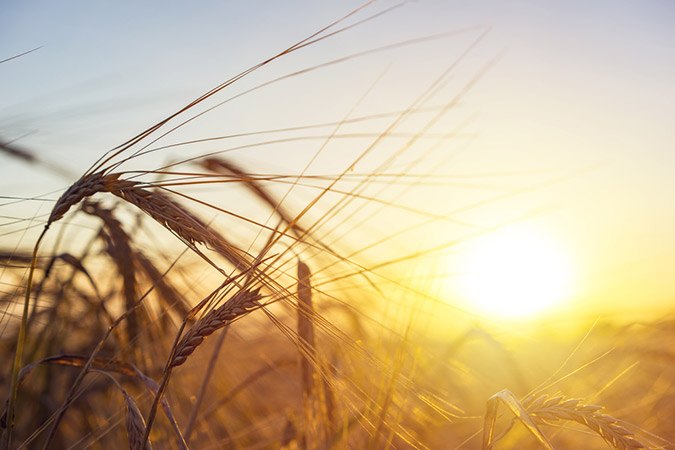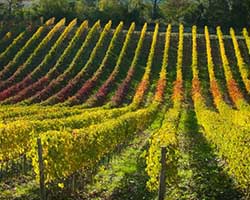Have you ever struggled to achieve an accurate composition because the subject you were photographing was under tricky natural lighting that you weren’t familiar with? How about a subject located in an area with varying bright and dark areas?
If you’re entirely new to your digital camera altogether and aren’t quite sure which settings to change to achieve better lighting captures, consider checking out our professional photography course. This online photography course is a comprehensive program that will teach you how to take control of your camera. You will learn the secrets of exposure, lighting and lenses. You’ll receive training on proper composition as you learn how professional photographers create the perfect shot in all conditions, lighting included.
One simple way to accommodate tricky lighting is to switch into manual mode and mess around with your exposure until you find a setting that you like. This is a great option if the lighting you’re working with isn’t your favorite, but isn’t putting you in a time crunch. If, however, you’re trying to photograph a quickly setting sun for example, the trial and error of this manual method might waste too much time.
If that’s the case, most DSLR cameras will offer you a super helpful feature called Automatic Exposure Bracketing, or AEB. This tool can be an absolute lifesaver during those fleeting moments where your manual adjustments aren’t quite cutting it, and you need the lighting to be just right but don’t have time to waste experimenting.
With this tool, your device will actually take approximately three shots at three different exposures every time you click the shutter, without you having to manually change any of your own settings between clicks. Typically, it will capture one over exposed, one normal, and one under exposed shot. That way, you can check out all three results after the fact and pick which of the three you prefer, without ever having needed to waste time switching back and forth in the middle of the shoot.







